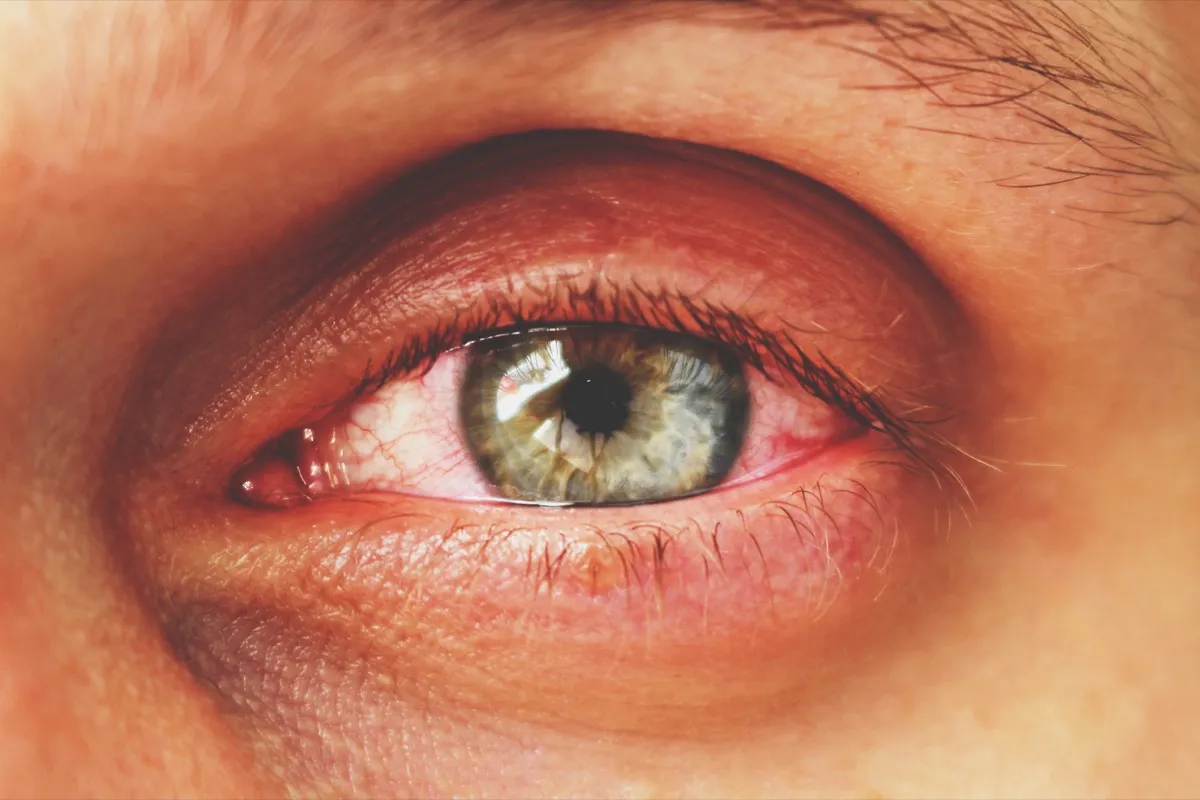One of the most recently discovered coronavirus symptoms manifests itself on a patient’s toes and feet. Ebbing Lautenbach, MD, chief of infectious disease at the University of Pennsylvania’s School of Medicine told USA Today the symptom known as “COVID toes” was discovered by Italian doctors in March. Once experts in America were filled in about the odd symptom, they began noticing an increasing number of cases in the U.S. According to Northwestern University, COVID toes present as purple, blue, or red lesions on the feet, toes, and sometimes fingers. Lautenbach says they are “typically painful to touch and could have a hot burning sensation.” To help you determine when you should seek a diagnosis, check out Coronavirus Symptoms: When Is It Time to See a Doctor or Get Tested? In some cases, patients with coronavirus have reported experiencing a “fizzing” sensation on their skin—also described on Twitter as a “buzzing electric feeling,” and by a mother in Illinois as feeling like her skin “was covered in IcyHot.” Waleed Javaid, MD, director of infection prevention and control at Mount Sinai Downtown told Today, “Our immune cells get activated so a lot of chemicals get released throughout our body and that can present or feel like there’s some fizzing.” A study by King’s College London found that of the participants who tested positive for coronavirus, 59 percent reported a loss of smell or taste. While U.S. News reports that the American Academy of Otolaryngology-Head and Neck Surgery are not shocked by this occurrence, stating “viral infections are a leading cause of loss of sense of smell, and COVID-19 is caused by a virus,” it certainly sounds like a strange experience if you ask us.ae0fcc31ae342fd3a1346ebb1f342fcb While a loss of smell and taste often occur at the same time and wouldn’t appear to be all that dissimilar, doctors like Joseph K. Han, MD, note just how unique losing one’s sense of taste really is. Han told U.S. News: “Losing sense of taste is from a completely different nerve system, a different disease process.” He says researchers are trying to figure out how exactly coronavirus causes this symptom because it’s currently puzzling experts. If your stomach has been giving you trouble lately, make sure to keep a close watch on the problem. Why? A study from the Wuhan Medical Treatment Expert Group for COVID-19 found that 48.5 percent of patients said their “chief complaint” was digestive issues—which include diarrhea, upset stomach, loss of appetite, abdominal pain, and vomiting. According to the study, three percent of patients who experienced digestive symptoms exhibited no signs of respiratory symptoms. While conjunctivitis can be a symptom of coronavirus, it is quite rare, so if you find yourself with itchy red eyes, don’t panic. The American Academy of Ophthalmology reports that pink eye develops in only one to three percent of people with coronavirus. Jeff Pettey, MD, of the University of Utah, says that “without the common symptoms of fever, cough, or shortness of breath, it is highly, highly unlikely” that it would be related to coronavirus. To see how the COVID-19 outbreak compares with similar health crises, check out How Does Coronavirus Stack Up Compared to Other Pandemics? Experts have seen a few harrowing examples of a patient’s brain function being hindered by the coronavirus. In one case, a 74-year-old man in Florida lost his ability to speak. Another case occurred in early April when a woman in her late 50s was able to recall little more than her own name, evidence of declining recall and response abilities that only worsened over time. “The pattern of involvement, and the way that it rapidly progressed over days, is consistent with viral inflammation of the brain,” Elissa Fory, MD, told The New York Times. “This may indicate the virus can invade the brain directly in rare circumstances.”




